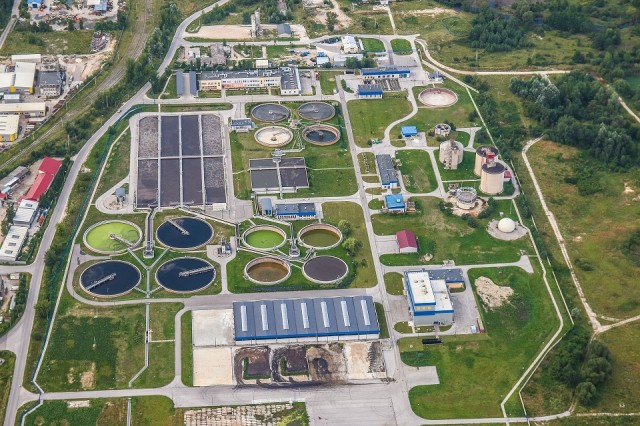What Happens When You Flush?
Have you ever wondered what happens when you flush your toilet? It's actually amazing technology that allows for us to easily be able to flush away our personal waste, and we all play a part in making sure our toilets remain in working order for everyone in our community if you are connected to county water and sewage.
When you flush the toilet, you already know that you have plumbing that pushes the waste and the water with it, but it makes a few stops along the way.
What's a Lift Station?
For those of us that are at lower elevations, our wastewater, and sewage are channeled to a lift station. A lift station will store the sewage into a pit for holding. There are various electrical instruments that monitor the level of the pit to determine when the pit is full. Once the pit is full, the instruments communicate with the control panel to alert that the pit is full, and the control panel's programmable logic controller (PLC) will tell the pumps to activate and start pumping the sewage to its next destination. These lift stations often will have either a screen or a grinder which will help break up the large matter, and then utilize pumps to pressurize the wastewater to push it to a wastewater treatment facility.
What Does a Wastewater Treatment Plant Do?
When our wastewater and sewage make it to a wastewater treatment plant, there are typically two stages of treatment of wastewater.
In the first stage, the wastewater is sent thru a screen that will aid in removing large debris that may potentially damage the treatment plant's equipment. After the large debris is removed by the screen, it will then pass on to the grit chamber. The purpose of these grit chambers is to remove finer particles like eggshells, seeds, coffee grounds, and more. Once the grit chamber has done its job, the water will be moved to a sedimentation tank.
The overall majority of solids have been removed during the primary stage, but it is not clean enough to put back into the environment. Wastewater must enter a second stage to help purify the water, and remove up to 85% of the organic matter that remains in the water after the first stage of treatment. There are different ways to accomplish this, but today we will focus on the activated sludge process.
During the second stage, the water leaves the sedimentation tank and enters an aeration tank where it will be mixed with sludge. Then the tank has air pumped into it to promote the growth of bacteria and small organisms that will help break down any organic matter into harmless byproducts. Yes, they are farming little organisms that prefer to eat the waste in our wastewater. Typically these organisms will get up to six hours with the buffet of organic matter, and then the water is then sent to another sedimentation tank to further separate the solids by the use of gravity.
This is considered still part of the second stage, but it goes thru one more process to make sure that any harmful bacteria have been eradicated, and this is typically accomplished using chlorine in another tank, but some facilities are using alternatives like ultraviolet (UV) light or ozone to kill the bacteria. We at BLTI prefer the UV method as it does not use chemicals, and is considered safer for wildlife and the environment.
Once the water has been fully treated, it is released into the waterways of the community. These stages are in place to help ensure that the bacteria in the water will not harm humans, wildlife, or the environment.
How Can You Help Your Community?
One of the main maintenance issues that happen with lift stations is clogging, and when this happens the lift station may not work efficiently, or in a worst-case scenario, stops working completely. Usually, these clogs happen when items other than toilet paper and personal waste are flushed down the toilet. Nothing other than your personal waste and toilet paper that was specifically designed to break down should be flushed. That includes diapers, wet wipes (even the ones marketed as flushable), dental floss, Q-tips, unused medications, hair, and female hygiene products. This is one of the main ways you can help your community is by making sure to only flush the basics.
Never flush any medications down the toilet or drains as some of those medications are resistant to the wastewater treatment processes and have a considerable impact on our environment. If you have a prescribed medication that you no longer use, contact your local pharmacy as many will take your unused medications and properly dispose of them for you.
Related Posts
By accepting you will be accessing a service provided by a third-party external to https://blti.com/


